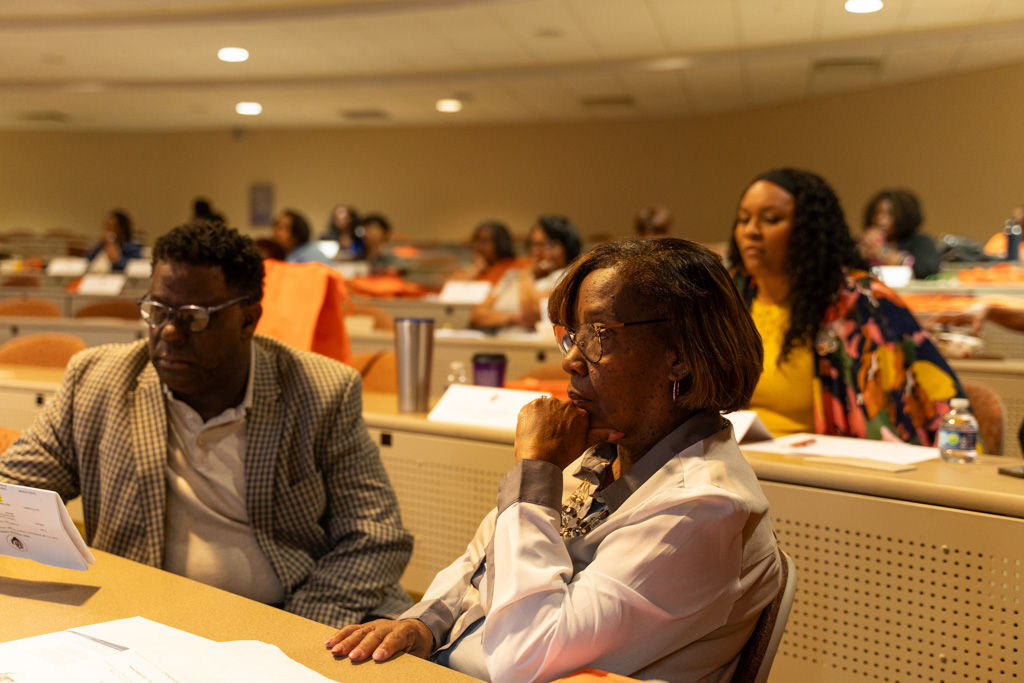The lack of grocery stores in low-income areas is a complex issue that stems from a combination of economic challenges and deeply rooted structural racism. This phenomenon, often referred to as “supermarket redlining,” has left many communities, particularly those with high populations of Black and Hispanic residents, without easy access to fresh, healthy food options.
Economic factors play a significant role in this disparity. Supermarket chains often prioritize locations where they believe they can maximize profits, typically in areas with higher median incomes and property values. Low-income neighborhoods may have lower population density or less purchasing power and are often overlooked as potentially less profitable[1]. This economic calculus, however, is often based on outdated or biased perceptions of these communities.
Structural racism compounds these economic challenges. Historical practices such as redlining, where banks and other institutions discriminated against minority neighborhoods, have had long-lasting effects on community development[2]. These practices have led to disinvestment in predominantly Black and Hispanic neighborhoods, making it more difficult to attract and retain businesses, including grocery stores.
Research has shown that this is not merely a matter of income disparities. Even when comparing communities with similar poverty rates, Black and Latino neighborhoods tend to have fewer supermarkets offering a variety of produce and healthy foods compared to predominantly white neighborhoods[4]; this suggests that race plays a distinct role in determining food access beyond just economic factors.
The consequences of this lack of access are significant. Without nearby grocery stores, residents in these areas often rely on convenience stores or fast food outlets, which typically offer fewer healthy options and higher prices for staple goods. This contributes to higher rates of diet-related health issues, such as obesity and diabetes, in these communities[3].
Addressing this issue requires a multifaceted approach that tackles both economic challenges and structural racism. Some cities have implemented initiatives to incentivize grocery store development in underserved areas. For example, the New Orleans Fresh Food Retailer Initiative financially assists retail businesses in increasing healthy food access in underserved areas[5].
Community-led solutions are also emerging. In some areas, residents have formed cooperatives or partnered with local farmers to bring fresh produce into their neighborhoods. These grassroots efforts improve food access and build community wealth and autonomy[6].
Policymakers and urban planners increasingly recognize the need to address food access as part of broader efforts to combat systemic racism and promote equitable development. This includes considering food access in zoning decisions, providing tax incentives for grocery stores in underserved areas, and investing in transportation infrastructure to connect residents with healthy food options.
Ultimately, improving grocery store access in low-income areas requires acknowledging and addressing the intertwined issues of economic challenges and structural racism. By doing so, communities can work towards creating more equitable food environments that support the health and well-being of all residents, regardless of race or income level.
Citations:
[1] https://www.cnn.com/2020/06/16/business/grocery-stores-access-race-inequality/index.html
[2] https://www.brookings.edu/articles/what-the-lack-of-premium-grocery-stores-says-about-disinvestment-in-black-neighborhoods/
[3] https://www.ncbi.nlm.nih.gov/pmc/articles/PMC9303837/
[4] https://www.nrdc.org/bio/nina-sevilla/food-apartheid-racialized-access-healthy-affordable-food
[5] https://sph.tulane.edu/new-study-lack-food-access-tied-discrimination
[6] https://sustainability.wfu.edu/2020/10/redlining-and-racism-the-real-roots-of-food-insecurity-in-our-communities/
[7] https://www.ncbi.nlm.nih.gov/pmc/articles/PMC5823283/
[8] https://healthequity.vcu.edu/history-and-health-program/learning-modules/structural-racism-and-the-food-environment/
[9] https://www.feedingamerica.org/hunger-in-america/black-communities
[10] https://healthyeatingresearch.org/research/structural-racism-and-geographic-access-to-food-retailers-in-the-united-states-a-scoping-review/



